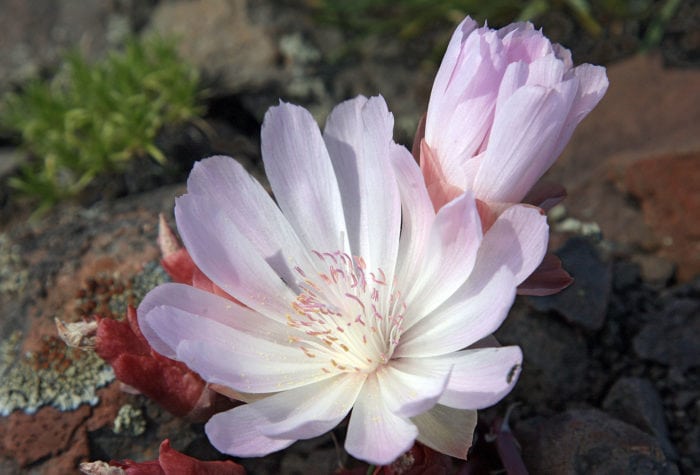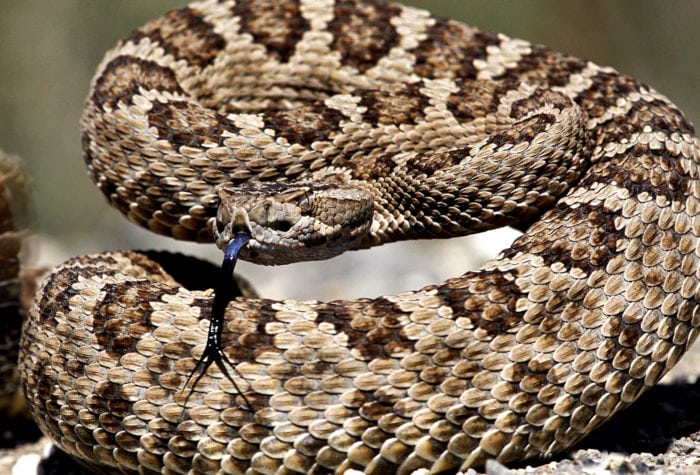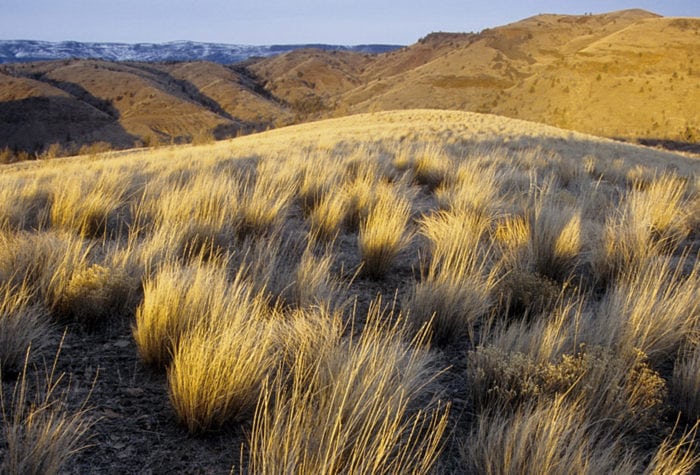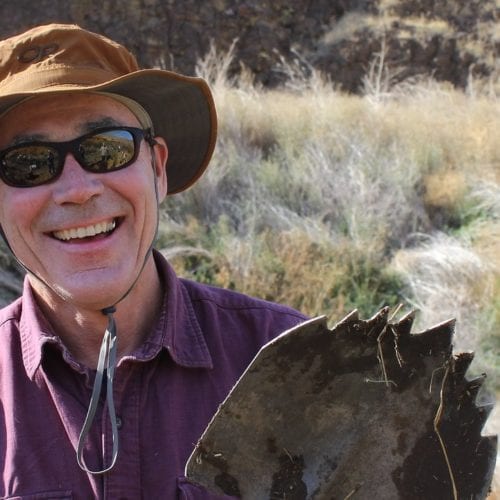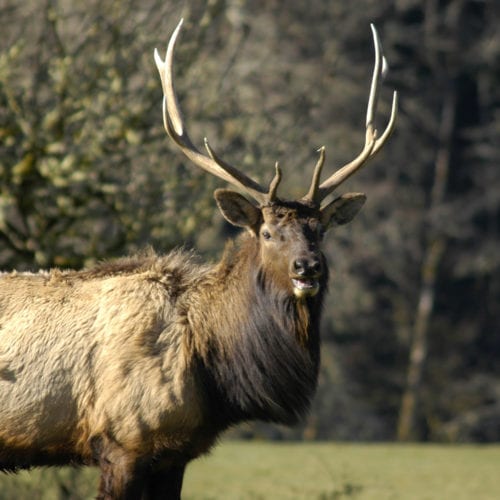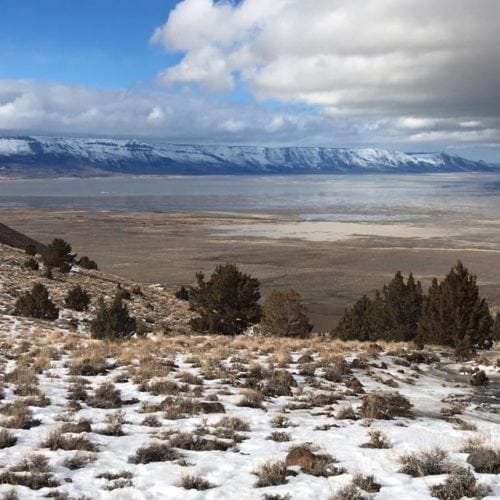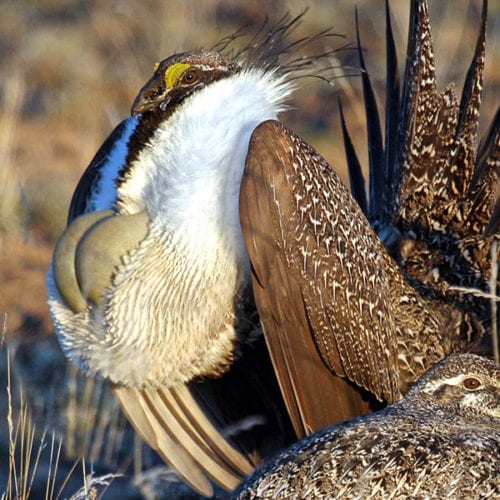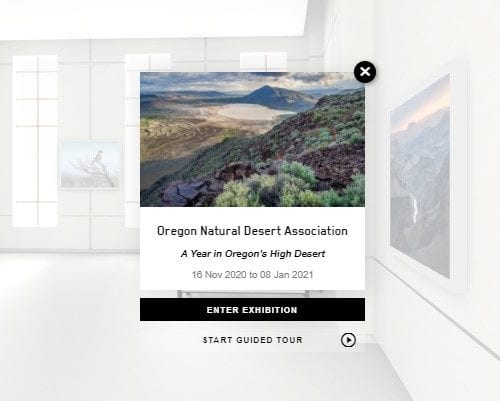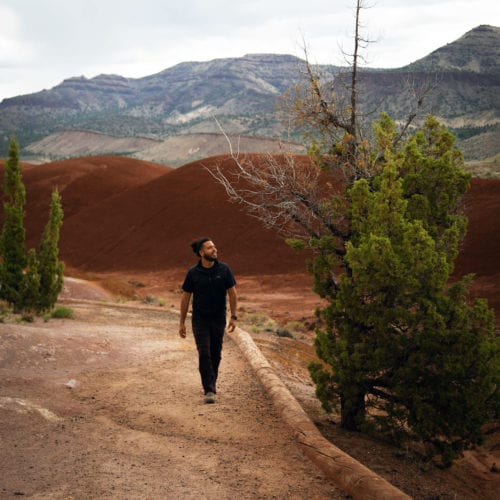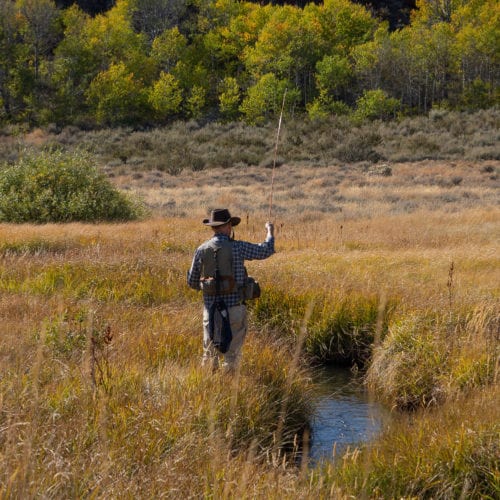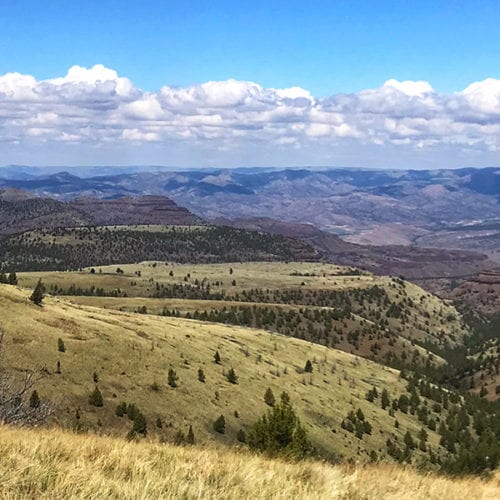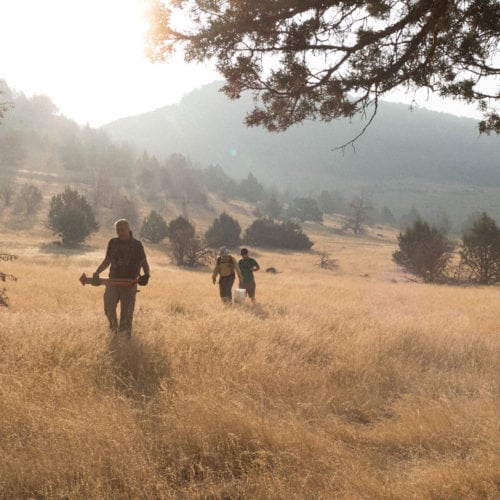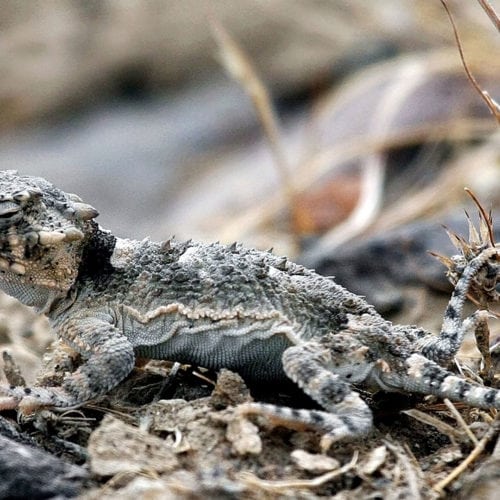Meet the 2020 Alice
Elshoff Award Recipient
Author: Corinne Handelman | Published: January 19, 2021 | Category: Profile Meet John Cunningham Like many ONDA volunteers, John Cunningham is up for any challenge — and his positive attitude […]
Read MoreWinter Wildlife Watching
By Scott Bowler What’s there to do in the desert in the winter? Watch wildlife! In many ways, especially at lower elevations, winter’s cold weather can provide some great hiking […]
Read MoreSigns of Winter
Author: Scott Bowler | Published: Dec. 15, 2020 | Updated: Dec. 21, 2021 | Category: Phenology Winter may seem harsh, and it is indeed a difficult time to live outdoors, […]
Read MoreRecognizing Native American Heritage Month
Author: Corinne Handelman | Published: November 25, 2020 | Category: In the News Desert conservationists, did you know … That Oregon’s high desert lands and waters are the traditional lands […]
Read MoreHealthy Escapism
“A Year in Oregon’s High Desert” offers escapism you can feel good about Feeling stressed? A dose of natural beauty could help. Studies have shown that spending time in a […]
Read MoreThe Halfway Point
By Zavier Borja, Latino Outdoor Engagement Coordinator for Children’s Forest of Central Oregon The Painted Hills of eastern Oregon are one of the seven wonders that we have here in […]
Read MoreWhat Wild & Scenic Looks Like
Did you know that, in addition to rivers, the Wild and Scenic Rivers Act can also protect creeks, streams and lakes? Wild and Scenic desert waters take many forms and […]
Read MoreSutton Mountain Dazzles, Inspires in Equal Measure
Author: Matt Wastradowski | Published: August 20, 2020 | Updated: November 3, 2021 | Categories: Where-to; In the News You may have heard about the new proposal to establish a […]
Read MoreProtect Desert Rivers
Senator Ron Wyden is looking to add more Wild & Scenic Rivers to Oregon’s legacy of protected waterways and you have the chance to conserve 825 miles of desert rivers […]
Read MoreSummertime Strategies
Wow, it’s hot out there in the high desert! At least much of the time … not so much at night … and not every day either. (I can clearly […]
Read More